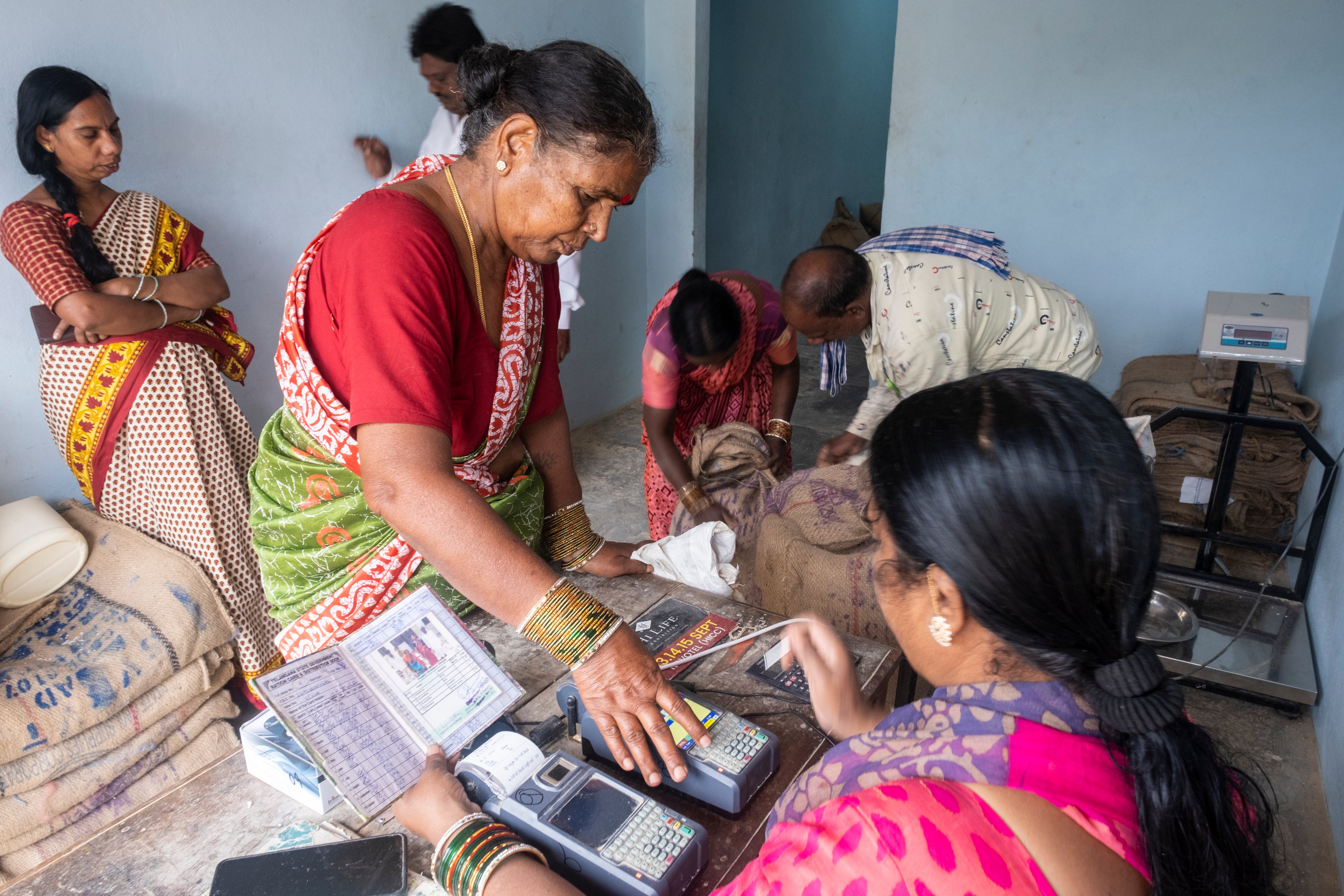Overview of challenges
Despite digital health’s potential to help address some key health system challenges, it cannot address them all, and many of these challenges make it harder to successfully implement digital health solutions. For example, poor management, insufficient training, infrastructural limitations, and poor access to equipment and supplies undermine the effectiveness of health systems in general—and the effectiveness of digital health in particular. However, with sparse evidence on the impact of digital health, it is challenging to be data-driven about where, when, and how to deploy digital health.
A large set of challenges revolve around the implementation of digital solutions for health, including their introduction, scale-up, and sustainability. Effective implementation of digital health requires a mature digital ecosystem, including adequate internet coverage, mobile phone ownership, digital governance, health worker capacity, interoperability, and legislation and policy., As digitalization within the health sector continues to accelerate, the focus needs to shift from siloed digitalization approaches to the digital transformation of health systems as a whole, including investment in the enabling environment for digital health.

Challenges of scaling and sustaining digital health interventions
In 2023, the World Bank published Digital-in-Health: Unlocking the Value for Everyone, calling for “a new digital-in-health approach where digital technology and data are infused into every aspect of health systems management and health service delivery for better health outcomes.” This report identified three emerging challenges as the most prevalent in maturing the digital aspects of countries’ health systems:
- Opportunistic, short-term, and provider-focused approaches that do not put people first: Developing digital health solutions may not always address what people most need and what works the most effectively due to lack of evidence. Choosing, designing, and evaluating digital solutions may not always reflect the needs of providers, patients, and underserved communities.
- Leadership gaps and disjointed, siloed digital solutions make it difficult to generate, link, and use data: In the absence of strong country, regional, and global leadership to spearhead unified digital health initiatives, outdated or inefficient legacy systems may continue to be used, hindering the adoption of new systems. Conversely, new digital health interventions or information systems may be introduced without full consideration of how they will integrate into the broader ecosystem. Creating a supportive environment for digital health requires strong government leadership to forge robust partnerships for ensuring interoperability, scaling up solutions, and monitoring results. Further, many digital initiatives and approaches were developed in a fragmented way, which resulted in duplication and gaps. The infrastructure and services/applications used to advance interoperability are often limited, unequally distributed, and/or incompatible due to multiple data management systems with unclear connections. What is needed in most cases is an effective strategy for interoperability, sustainability, and scale-up. Read more about this issue in the World Bank’s Interoperability in Health operational brief.
- Piecemeal efforts with minimal country ownership, financing, capacity, and trust: As care shifts to virtual modalities, either with or without a health care provider (e.g., via AI chatbots), the public and private sectors will need to work together, alongside wider digital transformation efforts, to ensure the continuity and quality of care across many different points of service. Previous experience has shown that, if many different organizations deploy digital health interventions and health information systems in an uncoordinated fashion without adequate local leadership and strategy, the result is endless pilots and fragmentation as well as reductions in trust and comfort with digital tools. In these cases, digital health interventions can have the opposite of their intended effect, negatively influencing health service delivery instead of enhancing it. Solving this challenge may require a comprehensive master plan—including public-private partnerships, long-term financing and sustainability, linkages to broader digital transformation processes beyond the health sector—to prevent siloed systems and fragmentation, thereby maximizing the value of digital investments.
To read more about challenges in digital health, visit the World Bank’s Digital-in-Health report.
Find operational briefs that explain best practices in addressing digital health challenges at the World Bank’s web page on Implementation Know-how Briefs to Support Countries to Prioritize, Connect and Scale for a Digital-in-Health Future.
Learn more about a potential solution for digital health fragmentation, the World Health Organization’s Global Digital Health Certification Network, a global digital public infrastructure that enables verifiable health document portability between institutions and across borders.
Learn more about Digital Square’s Total Cost of Ownership Tool. An interactive budgeting and benchmarking resource, it is intended to help health leaders understand and develop more realistic budgets for digital health projects.
Finally, in the implementation of digital health interventions, precautions need to be taken to ensure risks related to sustainability, equity, and data security are addressed. The increase of digitalization in the field brings potential but also a host of risks concerning governance, data privacy, and security—with these risks rapidly changing with the burgeoning of new technologies. Read more about the digital health challenges and risks in 2020 from .
